When we hurt, we naturally brace against the pain, contracting our muscles. Chronic muscular contraction can cause or contribute to pain. Worrying over our condition and the pain we experience can cause high levels of stress and anxiety, which interferes with breathing patterns, and causes tension that lends to chronic muscular contraction, adding to the problem. Thankfully, Yoga has practices and techniques to address these things. See the 4 Ways Yoga Can Ease Chronic Pelvic Pain below.
Acute Pain vs Chronic Pain
Acute pain is when we injure ourselves, it hurts, it heals, and it goes away.
Chronic pain is different. When we hurt for an ongoing time, our nervous system – in its attempt to protect us – begins becoming oversensitive to anything it deems dangerous. The problem with this is that it makes us more and more susceptible to everyday stressors which can throw us back into a pain cycle or worsen the pain we may already be experiencing.
Practice Makes Progress
The brain’s amazing neuroplasticity and its ability to learn can be given something else to become sensitive to. In other words, we can train it to respond positively. Mindfulness, relaxation, self-compassion – all things within an intentional, symptom-focused yoga practice, can undo some of the oversensitivity to stressors and build resilience instead. This allows us to manage and lessen our pain and give ourselves a break from suffering.
~~~~~~~~~~~~~~~~~~~~~~~~~~~~~~~~~~~~~~~~~~~~~~~~~~~~~~~~~~~~~~~~~~~~~~~~~~~
Not yet a subscriber * but want the 4 Practices I created to go with this post? Click the link to sign up!
https://mailchi.mp/1c08787c76c6/4-ways-yoga-eases-chronic-pelvic-pain
*If you are a subscriber, check your inbox for my March 1 issue!
~~~~~~~~~~~~~~~~~~~~~~~~~~~~~~~~~~~~~~~~~~~~~~~~~~~~~~~~~~~~~~~~~~~~~~~~~~~
Focused Breathing. Full breathing is necessary for things like reducing anxiety, keeping our pelvic floors happy, and overall well-being. When we hurt, we brace against that pain. Muscles involved in bracing and holding can include the abdominal muscles, back muscles, and pelvic floor muscles. These muscles all make up the core canister, where our intra-abdominal pressure system works to provide stability and support to our back and during things like sneezing. When our breath is off – shallow, rapid, or reversed, this interferes with that pressure system and can contribute to leaking, pain, and anxiety.
Gentle movement. Our bodies are designed to move, and lack of movement can cause discomfort in the body under the best circumstances, let alone when we are experiencing pain. Gentle movement to stretch held muscles can help alleviate discomfort. Yoga practices focused on breath and release can do just that.

Woman Practicing Pelvic Floor Yoga
Restorative Yoga: Restorative yoga is practiced using props to position us in different shapes, allowing us to deeply relax. * Props can range from official yoga props like bolsters, blankets, and blocks, to homemade versions, including stacks of folded towels, throw pillows, robe belts, and more.
Meditation or Guided Imagery: Meditative practices including body scans, guided imagery, yoga Nidra, and forms of formal meditation are extremely useful for attending to our well-BEing, and reducing stress, anxiety, and held muscular tension.
These techniques can be used in different order. Some people need to move around a little to be able to consciously relax. Some people need to relax first to get the most from their movement practice. Mix and match the suggested practices to see which combinations work best for you.



